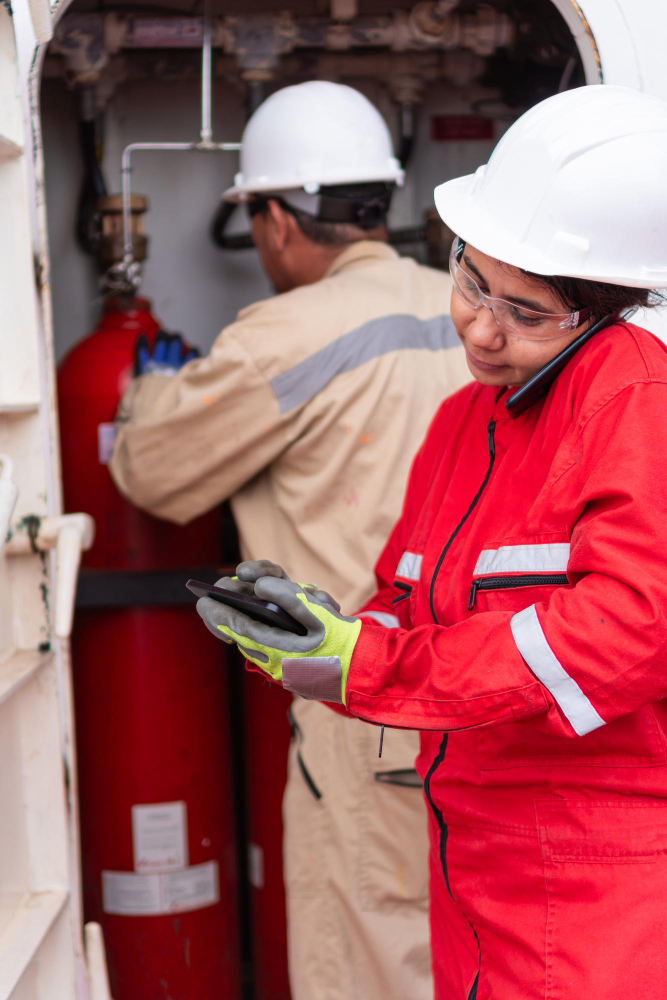Fire Hazard Analysis (FHA) is a systematic evaluation of potential fire risks within a facility, system, or environment to assess and mitigate the associated hazards. It aims to understand the likelihood of fire, its potential impact on life, property, and the environment, and the effectiveness of current fire prevention and protection measures. FHA is commonly used in industrial, commercial, and residential settings, especially for high-risk facilities like chemical plants, oil refineries, and nuclear power plants.
Key Components of Fire Hazard Analysis
- Identification of Hazards
- Identify potential ignition sources (e.g., open flames, electrical faults, hot surfaces).
- Analyze the presence of flammable or combustible materials.
- Evaluate environmental conditions that could exacerbate fire risks.
- Fire Scenario Development
- Predict plausible fire scenarios, including the ignition source, fire growth, and spread.
- Consider factors like fuel load, ventilation, and containment.
- Risk Assessment
- Assess the likelihood of fire incidents.
- Evaluate potential consequences, such as harm to people, property damage, and operational downtime.
- Mitigation Measures
- Review existing fire prevention measures, such as housekeeping, maintenance, and safe handling procedures.
- Assess the adequacy of fire protection systems, like alarms, sprinklers, and fire barriers.
- Emergency Response
- Evaluate the effectiveness of emergency response plans and procedures.
- Ensure adequate training for personnel in fire safety and evacuation protocols.
- Regulatory Compliance
- Check adherence to local, national, and international fire safety standards and codes.
- Examples include NFPA standards, OSHA regulations, and ISO fire safety guidelines.
Steps in Conducting Fire Hazard Analysis
- Data Collection
- Gather information about the facility, including layouts, equipment, materials, and processes.
- Analyze past fire incidents or near misses.
- Fire Risk Assessment Tools
- Use qualitative, quantitative, or semi-quantitative methods.
- Common tools include:
- Fault Tree Analysis (FTA)
- Event Tree Analysis (ETA)
- Fire Dynamics Simulator (FDS)
- Modeling Fire Scenarios
- Simulate fire dynamics to understand potential spread and impact.
- Use computational models and software.
- Report Findings
- Summarize identified hazards, risk levels, and proposed mitigation measures.
- Provide actionable recommendations.
- Implementation of Mitigation Strategies
- Implement control measures, such as fire suppression systems, passive fire protection, or process modifications.
- Regularly update and maintain safety systems.
- Periodic Review and Update
- Conduct regular FHA reviews to address new hazards or changes in the facility.
Benefits of Fire Hazard Analysis
- Life Safety: Protects occupants and employees.
- Property Protection: Reduces the risk of costly damage.
- Regulatory Compliance: Ensures adherence to fire safety laws.
- Operational Continuity: Minimizes disruptions caused by fire incidents.
- Insurance: Facilitates lower insurance premiums through proactive risk management.
FHA is crucial for creating safer environments, enhancing preparedness, and minimizing the impact of fire incidents.

